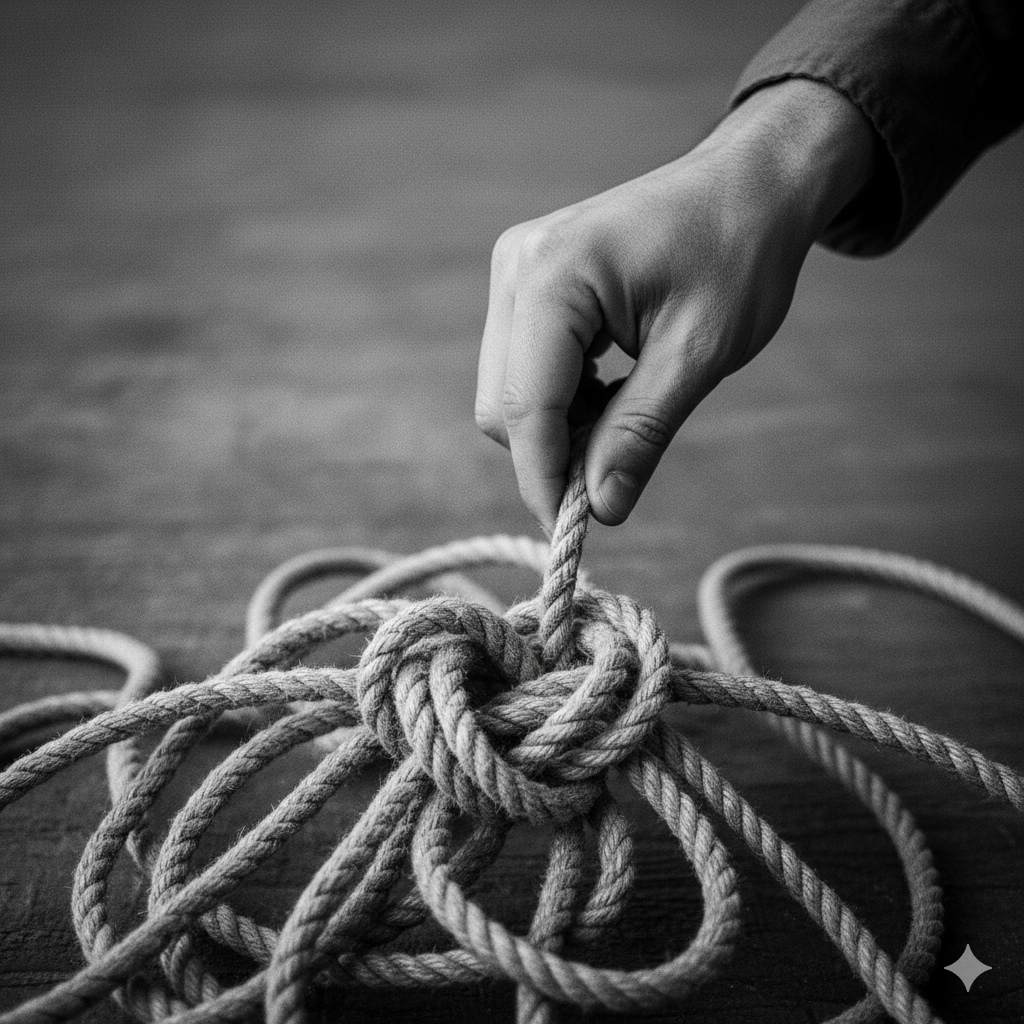Written by: Deepika Sathish,
Published on: 10th Oct 2025.
Have you ever felt trapped in the same loop of thoughts or actions, acting “on autopilot,” and wondered, “Why can’t I just stop doing that?”. If so, just know that you are not alone. Its almost happens to everyone at some point in life. It can feel like a frustrating and emotionally draining experience—but the good news is that with awareness and gentle effort, you can break the cycle. And here’s how, it can be done.
Understanding the Habit Loop: The Foundation of Patterns
Always remember that, at the core of every habit, there is a clear three-part cycle: a cue, which is what prompts that behavior—it might be a time of day, a place, how you’re feeling, or even something in your surroundings like a sight or a sound. And when this cue happens, your brain responds with the routine—the action you’ve learned to do almost without thinking. After doing that action, you get a reward—a feeling of relief, pleasure, distraction, or accomplishment. That reward tells your brain, “Yes, that was good!” Over time, this cycle of cue → routine → reward becomes woven into your brain like a well-worn path. Because of this, habits can feel automatic and effortless, quietly guiding what you do every day without using much mental energy.
Why It’s Hard to Break the Loop—and How Craving Makes It Stick
The tricky part of unhelpful patterns is that there's often a craving at play—a deep urge that fills the space between cue and routine. It's what turns a neutral signal into an irresistible prompt. Even tiny rewards—like the comfort of scrolling on social media, the distraction of snacking, or the momentary calm after snapping at someone—reinforce the habit. That small payoff releases dopamine and cements the loop, making it easier to repeat next time. As these habit loops are deeply etched into our brain’s neural pathways, they operate on autopilot with little conscious effort required. And when the craving is strong enough, our brain resists change, preferring the familiar routine—even when we know it’s not helpful.
Gently Disrupting the Loop: Change Comes in Three Steps
Changing a habit becomes much easier when you know how to gently disrupt that loop:
- Identify the cue, routine, and reward: Be curious and note what's going on when the habit shows up. What specific feeling, time, location, or situation triggered it? What exactly did you do? And why—what did that behavior give you emotionally or mentally?
- Experiment with alternatives: Try changing the routine, keeping the same cue and reward. For instance, if stress at 3 p.m. pushes you toward snacking (routine) for relief (reward), swap in a quick walk or a glass of water instead. Test different routines—what fulfills the craving just as well? Over time, your brain can shift to prefer the new routine.
- Leverage your environment and anchors: Make changes to your surroundings that help. Remove or hide triggers (like keeping junk food out of sight) and add helpful cues (like placing exercise shoes by the door). Another powerful tool is habit stacking: attach a small new habit to an existing one—e.g., “after brushing my teeth, I’ll take a sip of water”—so the old routine becomes a cue for the new one
Patience, Consistency, and Kindness: The Gentle Path Forward
Breaking habitual patterns isn’t about sudden overhaul—it’s about small, steady steps. On average, forming a new habit—or replacing an old one—can take around 66 days, though this varies from person to person.
So set simple and realistic goals: “If it’s 3 p.m. and I feel stressed, then I’ll walk around the block.” Whenever you act on this intentional plan, even once, give yourself a moment of recognition—you’re rewiring your mind.
Redesign your environment to make good choices easier and the old patterns harder to fall into again. Use gentle self-awareness and possibly a therapist or coach to help you spot what’s under the surface. Above all, treat yourself with curiosity and compassion— and always know that breaking a cycle is a brave and meaningful step.
“We cannot change anything until we accept it. Condemnation does not liberate, it oppresses.”
– Carl Jung

